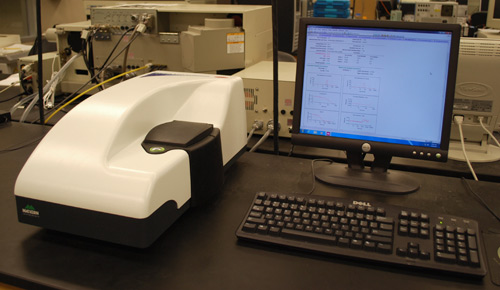

It is also useful to point out that the obtained size will include any other molecules or solvent molecules that move with the particle. So, for example, if the scatterer is a random coil polymer, the determined size is not the same as the radius of gyration determined by static light scattering. It is important to note that the size determined by dynamic light scattering is the size of a sphere that moves in the same manner as the scatterer. Thus the indicated precision of a DLS instrument with only one detection angle is only ever true for certain particles.ĭ t is often used to calculate the hydrodynamic radius of a sphere through the Stokes–Einstein equation. DLS instruments which only work at a fixed angle can only deliver good results for some particles. At certain angles the scattering intensity of some particles will completely overwhelm the weak scattering signal of other particles, thus making them invisible to the data analysis at this angle. This becomes even more important in a polydisperse sample with an unknown particle size distribution. A high quality analysis should always be performed at several scattering angles (multiangle DLS). Thus there is an optimum angle of detection for each particle size. The intercept will be in any case the D t. Particles with a shape other than a sphere will show anisotropy and thus an angular dependence when plotting of Γ/ q2 vs. Small spherical particles will show no angular dependence, hence no anisotropy. q2 may or may not show an angular dependence. Where λ is the incident laser wavelength, n 0 is the refractive index of the sample and θ is angle at which the detector is located with respect to the sample cell.ĭepending on the anisotropy and polydispersity of the system, a resulting plot of Γ/ q2 vs. The translational diffusion coefficient D t may be derived at a single angle or at a range of angles depending on the wave vector q. This is appropriate for a monodisperse population. The simplest approach is to treat the first order autocorrelation function as a single exponential decay. Particle-particle collisions can be suppressed by dilution, and charge effects are reduced by the use of salts to collapse the electrical double layer. Analysis of the scattering is facilitated when particles do not interact through collisions or electrostatic forces between ions. Once the autocorrelation data have been generated, different mathematical approaches can be employed to determine from it.


 0 kommentar(er)
0 kommentar(er)
